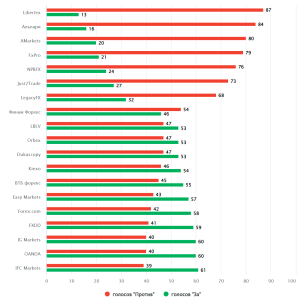forex currency strength meter
«`html
Forex Currency Strength Meter
A currency strength meter is a tool that helps traders to assess the relative strength or weakness of currencies. This information can be used to make informed trading decisions, as currencies that are trending stronger are more likely to continue to rise in value, while currencies that are trending weaker are more likely to continue to fall in value.
There are a number of different factors that can be used to calculate a currency strength meter, including:
- Technical indicators, such as moving averages, Bollinger Bands, and Relative Strength Index (RSI)
- Economic data, such as GDP growth, inflation, and unemployment rates
- Political events, such as elections and changes in government policy
- Market sentiment, as reflected in currency demand and supply
No single currency strength meter is perfect, and the best approach is to use a combination of different factors to get a more complete picture of currency strength. However, currency strength meters can be a useful tool for traders of all levels of experience, and they can help to improve trading performance.
How to Use a Currency Strength Meter
Once you have chosen a currency strength meter, the next step is to learn how to use it. Most currency strength meters are relatively easy to use, but there are a few things that you need to keep in mind:
- Understand the different factors that are used to calculate the meter. This will help you to interpret the results correctly.
- Use the meter in conjunction with other technical analysis tools. This will help you to confirm your trading decisions.
- Be aware of the limitations of currency strength meters. No meter is perfect, and there will be times when the meter does not accurately predict currency strength.
With these things in mind, you can start using a currency strength meter to improve your trading performance. Here are a few tips for using a currency strength meter:
- Look for currencies that are trending stronger than others. These currencies are more likely to continue to rise in value, and they can be good candidates for long positions.
- Avoid currencies that are trending weaker than others. These currencies are more likely to continue to fall in value, and they can be good candidates for short positions.
- Use the meter to confirm your trading decisions. If the meter confirms your analysis, it can give you more confidence in your decision.
Examples of Currency Strength Meters
There are a number of different currency strength meters available, both free and paid. Here are a few examples:
- The Currency Strength Meter from Forex Factory is a free tool that uses a combination of technical indicators and economic data to calculate currency strength.
- The J16 Currency Strength Meter is a paid tool that uses a proprietary algorithm to calculate currency strength. This meter is popular among professional traders.
- The Relative Currency Strength Indicator (RSI) is a technical indicator that measures the strength of a currency relative to another currency. The RSI is a popular tool for identifying overbought and oversold currencies.
Which currency strength meter you choose will depend on your individual trading style and preferences. Experiment with different meters to find the one that works best for you.
Conclusion
Currency strength meters can be a useful tool for traders of all levels of experience. They can help traders to identify trending currencies, confirm trading decisions, and avoid losing trades. However, it is important to remember that no currency strength meter is perfect, and they should be used in conjunction with other technical analysis tools.
«`



